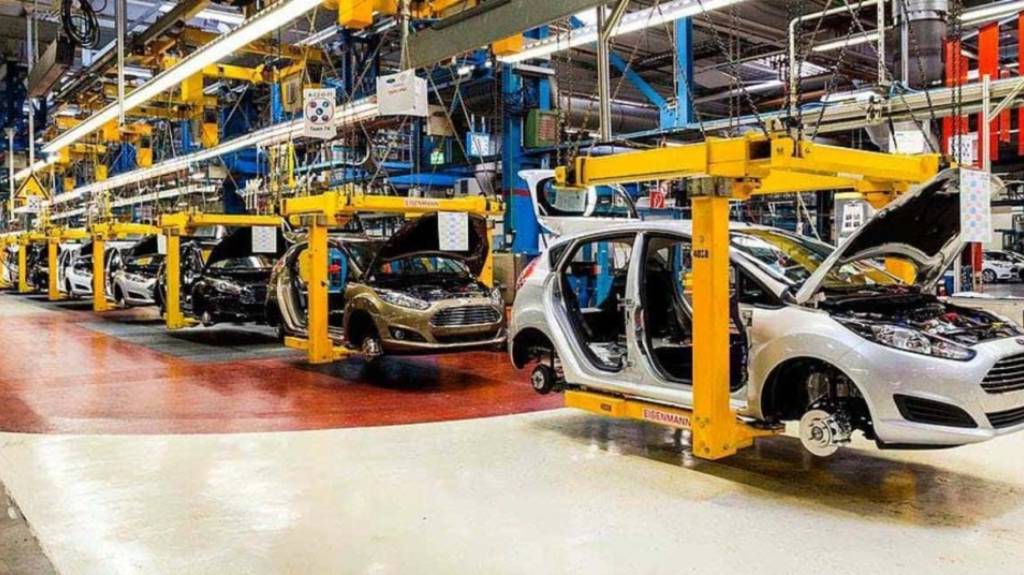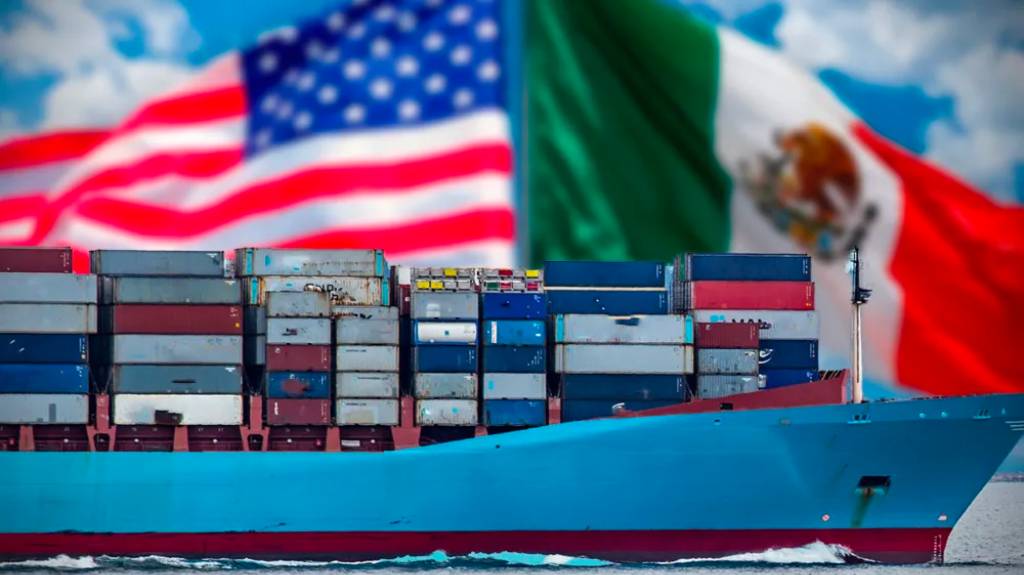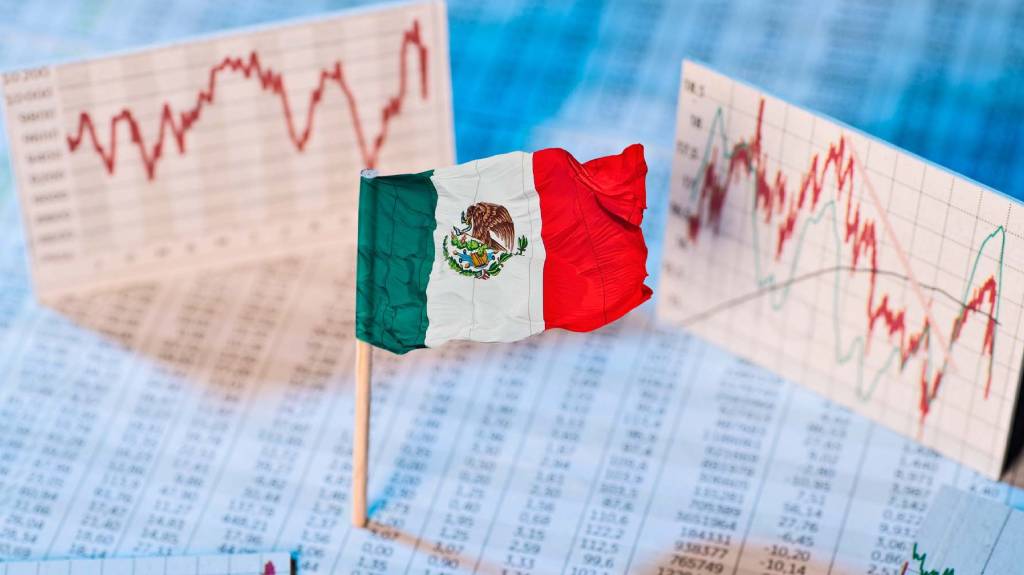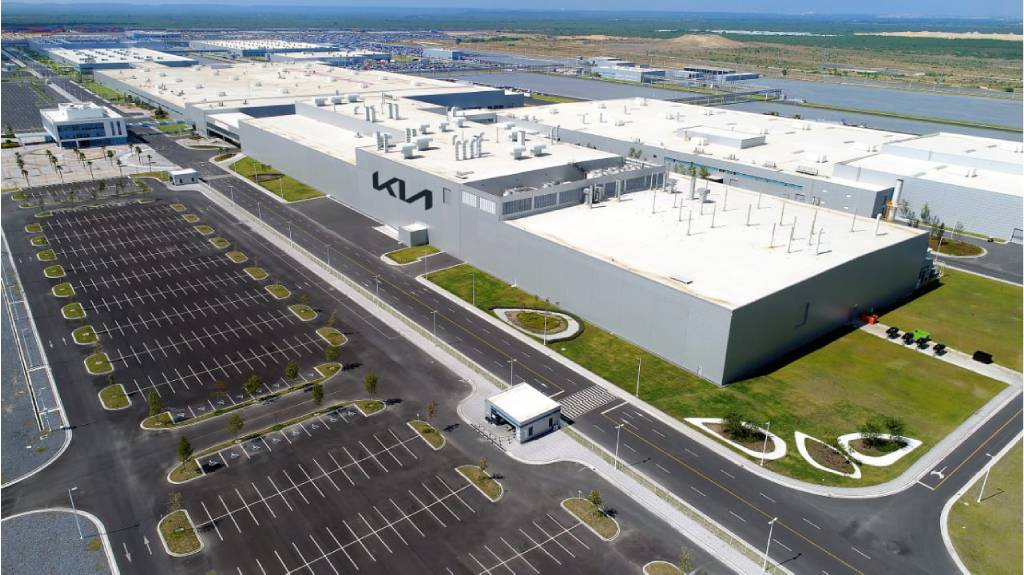

The environmental impact of flying is increasingly in the spotlight, highlighted by campaigners such as Greta Thunberg and the Extinction Rebellion campaign. In part, this is because the sector’s emissions are rising so quickly – the amount of CO2 rose by almost a third (32%) between 2013 and 2018, 70% faster than UN predictions, according to the International Council on Clean Transportation.
Not only that, but emissions at altitude have two to four times the impact of equivalent emissions at ground level.
The other reason for concern is that until recently, it was assumed that the laws of physics meant that there was simply no alternative to using kerosene to fuel aircraft – batteries were just too heavy and had too limited a range to be a viable alternative.
Now, all of a sudden, “there has been a huge surge in start-ups in the sustainable aviation field, using a range of radically different technologies from vertical take-off and landing (VTOL) to hydrogen,” said Colin McKerracher, head of advanced transport at BloombergNEF, at the company’s recent London summit.
“Aviation has not had this level of discovery since the dawn of the jet age,” added Michael Cervenka, COO at Vertical Aerospace, which is developing an electric VTOL aircraft that can carry up to three people.
The world's first fully electric commercial aircraft has just taken its first flight in Vancouver, Canada.
One company is taking advantage of the unique structure of the aviation industry to carve out a new niche in zero-carbon propulsion with its hydrogen fuel cell powertrain. “We do powertrains, not vehicle design,” said Val Miftakhov, founder and CEO of ZeroAvia, in an interview. “We just focus on providing propulsive power. It wouldn’t work in the automotive sector, because it is structured very differently.
“In aviation, engine manufacturers are very separate from aircraft makers. There is no intersection, which makes it easy for a new engine manufacturer to enter the game if they have a good solution. We want to work with all the aircraft makers to drive solutions for clean power in aviation,” he added.
The company is focusing on hydrogen because biofuels for aircraft remain expensive and in limited supply, and although there have been successful flights of small battery-powered aircraft, the power to weight ratio means that it will be difficult to scale up to larger aircraft. “With hydrogen as a fuel, there is no physical reason we can’t go larger and longer. Each step in increasing the range and the size of aircraft we can fly needs technological improvements, but it’s mostly a question of engineering, not new physics,” Miftakhov, who previously founded electric vehicle charging company eMotorWerks, told me.
To be able to provide enough fuel to travel long distances will require liquid hydrogen storage, but its first products will store it as a compressed gas. “It’s cheaper, easier and faster to certify. It costs 5-10% in efficiency but it is about what is possible in three years. We’re trying to reduce the new things we do to help the certification process,” he said.
“But in the longer term, liquid hydrogen is an established technology and it would allow a threefold improvement in range.
Initially, ZeroAvia plans to have externally-mounted tanks carrying hydrogen, which will be used to run a fuel cell to propel the plane – which will carry up to 20 people on flights of 500 miles or less. “To scale up to bigger aircraft and longer distances, we will have to redesign the aircraft to match the propulsion system. That is what has happened every time a new engine is introduced. First, it is adapted to existing airframes and then new wings and bodies are designed around the new engines.”
Further work is also needed on how to store the hydrogen. The gas can be stored in chemical compounds – there is more hydrogen in a litre of ammonia than in a litre of liquid hydrogen and it can be stored at a reasonable temperature, Miftakhov explains, but splitting the hydrogen from the chemical requires energy and in some cases it produces CO2.
The good news for ZeroAvia is that “we already have operators waiting for us to deliver aircraft – they want this as soon as possible. There is real demand out there for it.”
And while to scale up biofuel use in aviation would require a huge amount of land to be turned over to growing fuel crops, scaling up the use of hydrogen in the sector doesn’t have the same problem, he said. “The current scale of hydrogen production is more than 70m tonnes a year, most of it used for fertilizer production and in oil refineries. To entirely convert all flights under 500 miles to hydrogen would take less than 10% of the market. It’s not like we need to double the size of the industry to repower aviation.”
In addition, hydrogen has a much higher energy density than batteries, and by 2023 or 2024 he expects the cost of hydrogen to be lower than jet fuel. “Compared to other forms of transport, the use case for hydrogen in aviation is much more protected,” he pointed out.
Source: Mike Scott | https://www.forbes.com
Aerospace Industry in Mexico
US toll-free: +1 (877) 698 3905
CAN toll-free: +1 (844) 422 4922
start@americanindustriesgroup.com
Please note that we do not accept job applications here. If you are interested in applying for a position, please visit the following link: https://www.americanindustriesgroup.com/jobs/
Related posts





